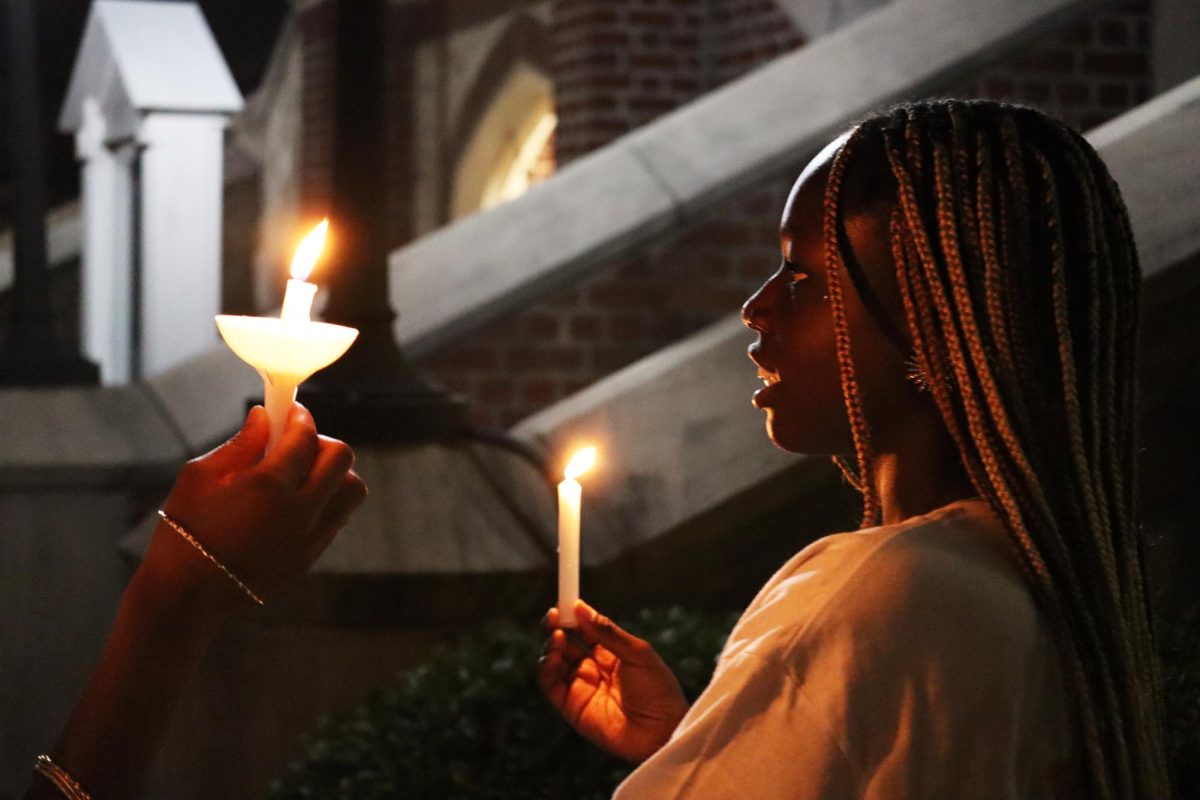The Carnival season is a time of mockery, good fun, food and drink, so with this in mind, dress like royalty and have a ball.
Mardi Gras roots trace back to the Roman Empire with pagan festivals. European royalty in medieval times, against church wishes, continued with extravagant festivals for their realms to keep order during the following lent season.
The festival season starts on Jan. 6, Kings Day (the twelfth day after Christmas), and ends on Fat Tuesday, Mardi Gras (forty-seven days before Easter).
The Lenten period is a time of quiet observance in which meat was traditionally not eaten (now meat is not eaten on Fridays); also a tradition is giving something special up for lent, and many people considered enjoying any sweets or lavishness during this period to be a sin.
Because of this strict period, the festival season is a time of balls, parades, and general merriment in which feasts are thrown and mock royal courts are in rule.
The first Mardi Gras in America was held in Mobile, Alabama in 1704, where it is still celebrated.
The first Mardi Gras in New Orleans was held in 1837 when one float went through the town followed by festivalgoer’s. Before this time, a general merry time was enjoyed in New Orleans, but a citywide ban on masks (due to racial fears), that was raised in 1827, kept a huge celebration from existence.
Since then: floats and parades have multiplied each year; extravagant mock royal courts have been formed, once dominated by elite New Orleanians (Rex, Proteus), but later becoming open to tradesmen (Zulu) and business men (Hermes, Babylon).
Much of the old way exists still; “old line” krewes, such as Rex, still dominate the festival with secrecy, elaborate court procedures and private balls.
Some krewes have a rich history that is unique, such as the Mardi Gras Indians, who pay homage to the Native Americans who helped runaway slaves. Second line bands, traditionally funeral bands, parade with such krewes as well with songs of celebration.
Change however, has been in the air with the introduction of contemporary krewes: the super-krewes of Endymion and Bacchus, in which, even before 1991, any local was accepted to join for a price, resulting in over a thousand members in each today.
King Cake, another tradition that is present at any event during the festival season, has also changed. The cake has kept its crown shape, and even its purple, green and gold colored sugar that symbolize justice, faith and power.
The original almond paste filling, though still easy to find, can be replaced by hundreds of different fillings, including cream cheese, fruit jam, even crawfish.
Bakeries still hide the baby Jesus in the cake, and whoever finds it has good luck for the festival, but they must also buy the next king cake to share with everybody
Unfortunately, Mardi Gras has lost some of its glamour in the past several years. Hundreds of thousands of tourists come to the city each year, not for the merriment of parades and food, but to get drunk on Bourbon Street and film girls flashing for beads.
Despite modern labels and ideas of New Orleans Mardi Gras outside of the city, New Orleanians are aware and respectful to the traditions of the city.
This is a time to revel in a fantastic world, and where the King of Rex will always reign supreme.
Garrett Cleland can be reached at [email protected].







